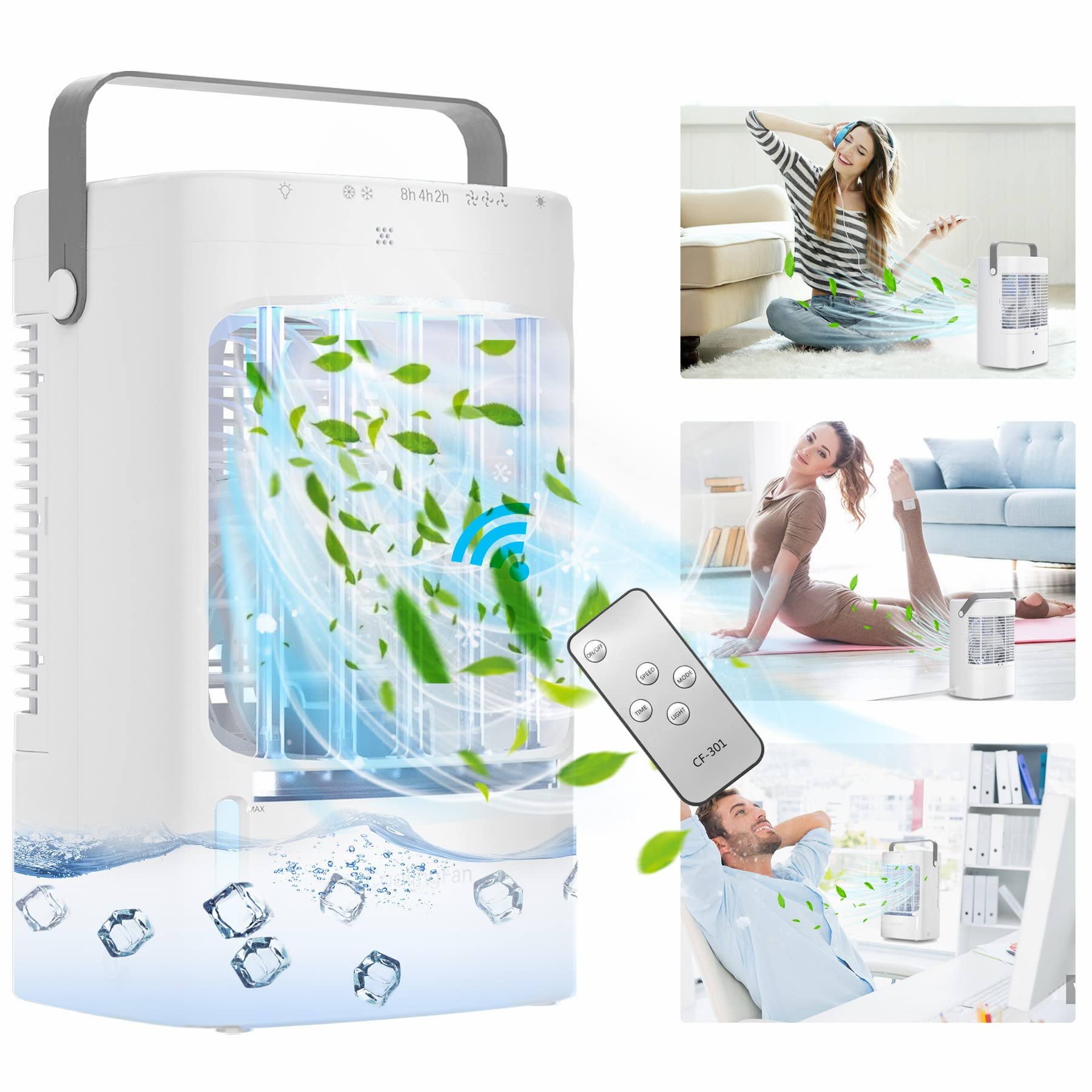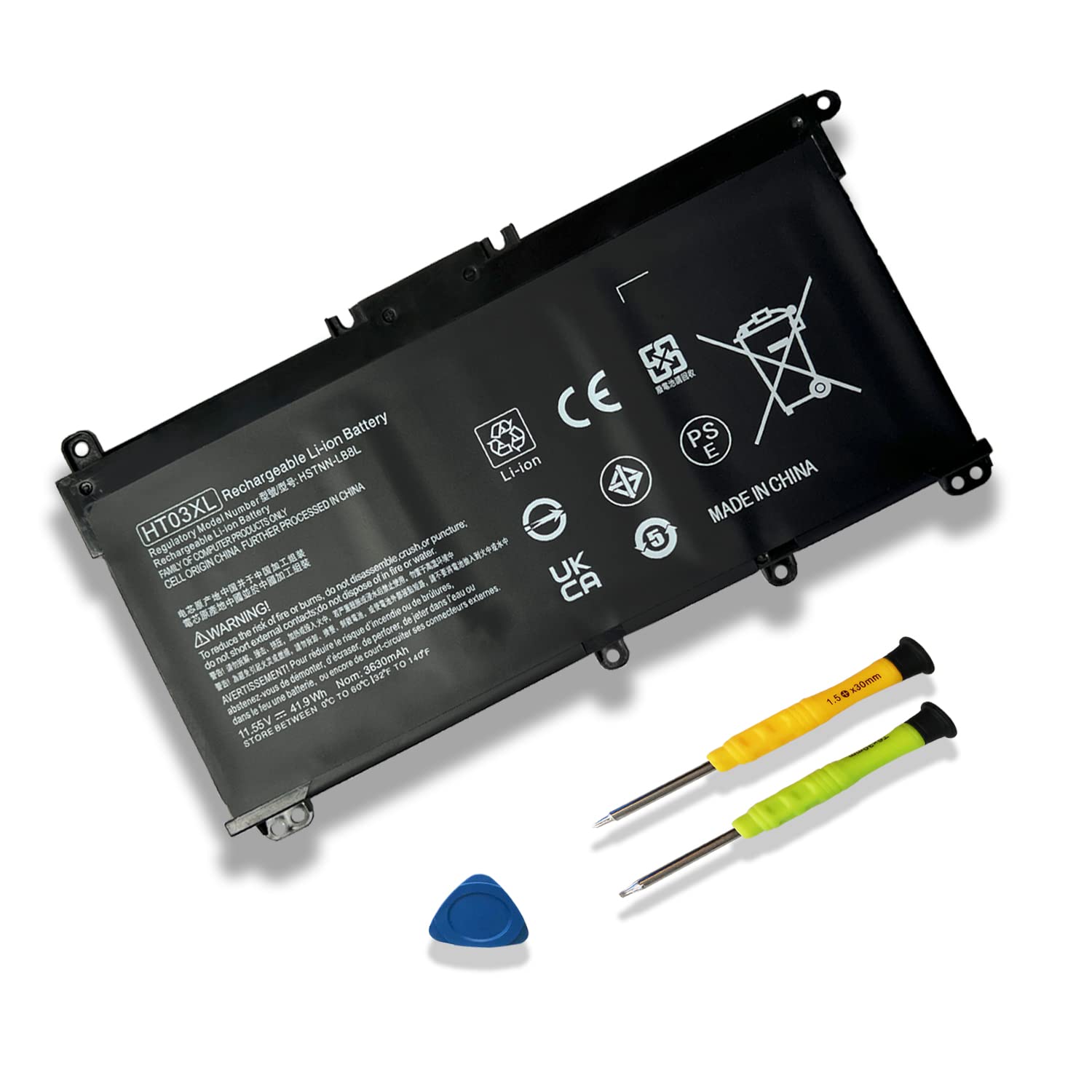Having a laptop that is not charging can be frustrating. In this article, I will share four effective methods to fix the issue and get your HP laptop back up and running.
Confirm Connection and Port Use
1. Check the Power Connection:
– Ensure that the power cord is securely plugged into both the AC adapter and the wall outlet.
– Make sure the AC adapter is firmly connected to your laptop’s power port.
2. Inspect the Charging Port:
– Examine the charging port on your laptop for any visible damage or debris.
– If there’s dirt or dust, gently clean the port using a soft, dry cloth.
– Avoid using sharp objects that could damage the port.
3. Verify the Charger and Adapter:
– Confirm that you are using the correct charger and adapter for your laptop model.
– Check if the charger’s LED indicator is lit, indicating it is receiving power.
4. Troubleshoot the Device Driver:
– Open the Device Manager by pressing the Windows key + X and selecting “Device Manager.”
– Expand the “Batteries” category and right-click on “Microsoft ACPI-Compliant Control Method Battery.”
– Choose “Uninstall device” and restart your laptop. Windows will reinstall the driver automatically.
Inspect Charging Cords and Ports

Inspecting the charging cords and ports is an important step in troubleshooting an HP laptop that is not charging. Before proceeding with any other fixes, it is essential to ensure that the connection between the power source and the laptop is not compromised.
First, visually inspect the charging cord for any visible damage such as frayed wires or bent connectors. If any damage is found, it is recommended to replace the power cord with a new one.
Next, examine the charging port on the laptop. Look for any debris, dust, or foreign objects that may be obstructing the connection. Use a can of compressed air to gently blow away any particles.
If the laptop has a USB-C charging port, ensure that the port is clean and free from debris.
Make sure that the power cord is securely plugged into both the laptop and the power source. If the connection feels loose, try using a different power outlet or a surge protector to eliminate any potential issues with the power source.
In some cases, the charging issue may be related to a faulty device driver. To check this, right-click on the Start button, select Device Manager, and expand the Batteries category. Right-click on Microsoft ACPI-Compliant Control Method Battery and select Uninstall. Restart the laptop, and Windows will automatically reinstall the driver.
Inspecting the charging cords and ports is a crucial step in troubleshooting an HP laptop not charging. By ensuring a secure and clean connection, you can eliminate common issues that may be preventing the laptop from charging.
Software and Driver Updates
One common reason for an HP laptop not charging is outdated software and drivers. It is important to regularly update your software and drivers to ensure compatibility and optimal performance. Here are a few steps to fix this issue:
1. Check for Updates: Open your computer’s settings and navigate to the “Update & Security” section. Check for any available updates, including Windows updates. Install any pending updates and restart your laptop.
2. Update Device Drivers: Outdated device drivers can also cause charging problems. Go to the manufacturer’s website and search for the latest drivers for your specific laptop model. Download and install the drivers, following the provided instructions.
3. Run Windows Troubleshooter: Windows 10 has a built-in troubleshooter that can automatically identify and fix common issues. Open the Settings app, go to the “Update & Security” section, and select “Troubleshoot.” Choose the “Power” option and run the troubleshooter. Follow the on-screen instructions to resolve any detected issues.
4. Reset Power Settings: Sometimes, incorrect power settings can prevent your HP laptop from charging. Open the Control Panel and navigate to the “Power Options” section. Select the power plan you are currently using and click on “Change plan settings.” Choose “Change advanced power settings” and locate the “Battery” section. Make sure the settings are optimized for charging. Apply the changes and restart your laptop.
By updating your software and drivers, running the troubleshooter, and adjusting power settings, you can resolve charging issues with your HP laptop.
Assess Battery Health and Capacity
| Issue | Possible Cause | Solution |
|---|---|---|
| Battery not holding charge | Old or faulty battery | Replace the battery with a new one |
| Battery not recognized by the laptop | Loose connection or battery driver issue | Check battery connections and reinstall/update the battery driver |
| Battery charging slowly | Background processes or power-hungry applications | Close unnecessary applications and optimize power settings |
| Battery percentage fluctuates | Calibration issue or battery firmware problem | Calibrate the battery or update the battery firmware |
By assessing the battery health and capacity, you can determine the underlying cause of the charging issue and take appropriate steps to fix it.
Remove and Examine the Battery
1. Turn off the laptop and disconnect it from any power source or charger.
2. Locate the battery release latch or switch on the bottom or side of the laptop. It may be labeled with a battery icon.
3. Slide or press the latch/switch in the direction indicated to release the battery.
4. Once the latch/switch is released, gently lift the battery out of its compartment.
5. Examine the battery for any physical damage, such as cracks or leaks. If you notice any damage, it may need to be replaced.
6. Check the battery contacts on both the battery and the laptop. Make sure they are clean and free from dust or debris.
7. If the contacts are dirty, use a soft cloth or cotton swab dipped in rubbing alcohol to clean them.
8. Wait for the contacts to dry completely before reinserting the battery.
9. Align the battery with the compartment and carefully slide it back into place until it clicks or locks into position.
10. Once the battery is securely inserted, reconnect the laptop to the power source or charger.
11. Turn on the laptop and check if it is now charging properly.
If removing and examining the battery does not resolve the charging issue, it may be necessary to seek further assistance or consider other troubleshooting methods.
Cooling Down Strategies

- Check the power adapter: Ensure that the power adapter is plugged in properly and securely. Also, inspect the power cord for any signs of damage.
- Test a different power outlet: Try plugging the laptop into a different power outlet to rule out any issues with the current outlet.
- Clean the charging port: Sometimes, debris or dirt can accumulate in the charging port, preventing proper connection. Gently clean the port using a soft brush or compressed air.
- Reset the laptop: Shut down the laptop, unplug the power adapter, remove the battery (if possible), and hold the power button for 15-20 seconds. Then, reattach the battery and plug in the power adapter to check if the issue is resolved.
Professional Repair Options

- 1. Check Power Adapter and Cable: Ensure that the power adapter is properly connected to the laptop and the power outlet. Inspect the cable for any visible damage or fraying.
- 2. Test with a Different Outlet: Plug the power adapter into a different power outlet to rule out any issues with the current outlet.
- 3. Replace the Battery: If the laptop battery is old or faulty, consider replacing it with a new one. Ensure compatibility with your HP laptop model.
- 4. Consult a Professional Repair Service: If the above steps don’t resolve the issue, it may be best to seek assistance from a professional repair service. They can diagnose and fix more complex hardware or internal power-related problems.

F.A.Q.
How do you fix a computer that won’t charge?
To fix a computer that won’t charge, start by checking the power outlet to ensure it is functioning correctly. Next, inspect the charging cable for any signs of damage or fraying. If the cable is damaged, try using a different one. Additionally, examine the charging port on your computer and make sure it is clean and free from debris. Finally, check the battery to see if it needs to be replaced.
Why my HP laptop is plugged in but not charging?
Your HP laptop may be plugged in but not charging due to power cord issues, declining battery health, or software issues.
Why is my PC plugged in but not charging?
Your PC may not be charging because the charging cable is loose, unplugged, or damaged. Additionally, using a non-manufacturer charging cable could result in a weak connection. Another possibility is that the charging ports may be clogged with dirt or debris. Consider getting a laptop tune-up and thorough cleaning to resolve the issue.

